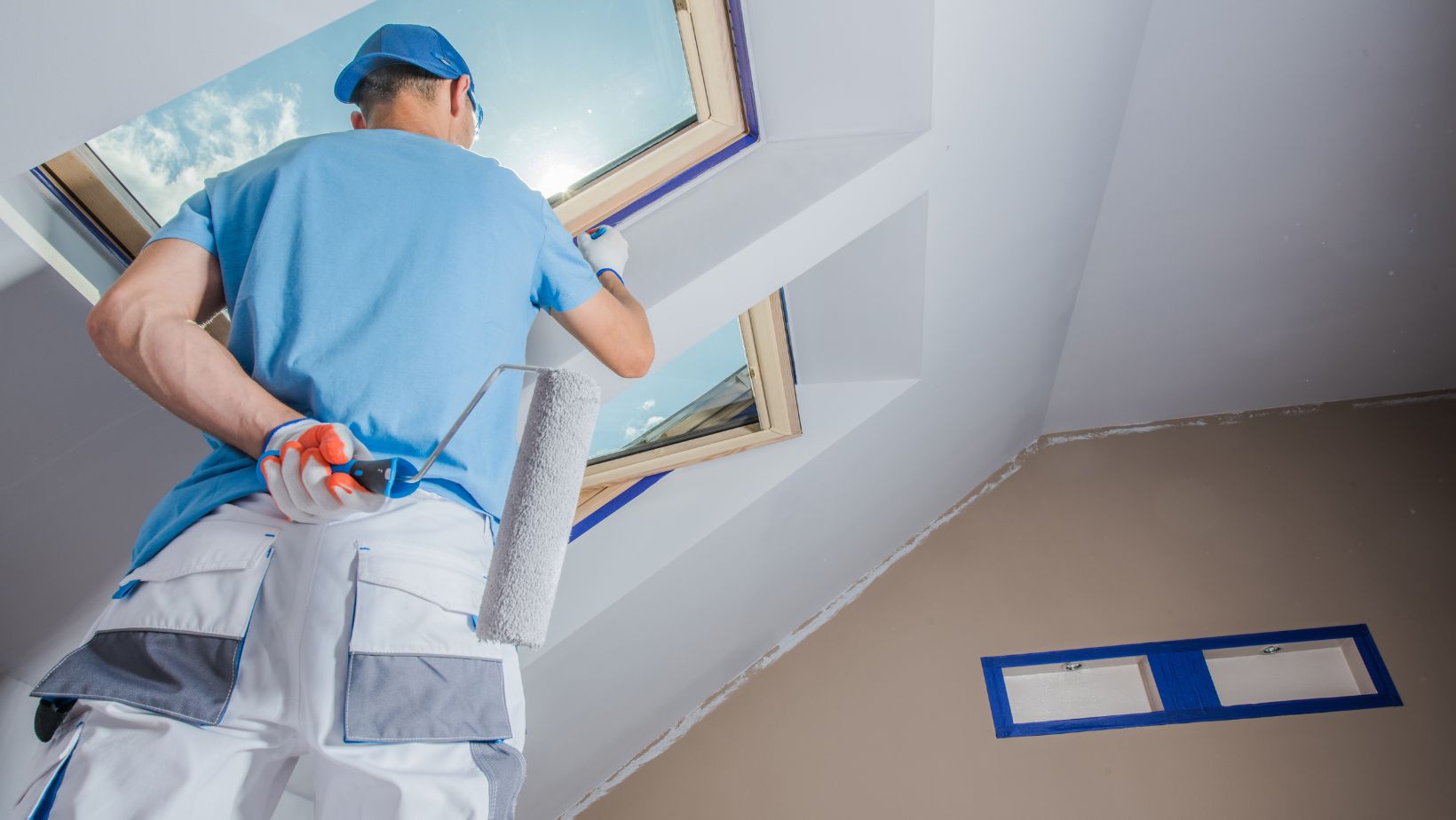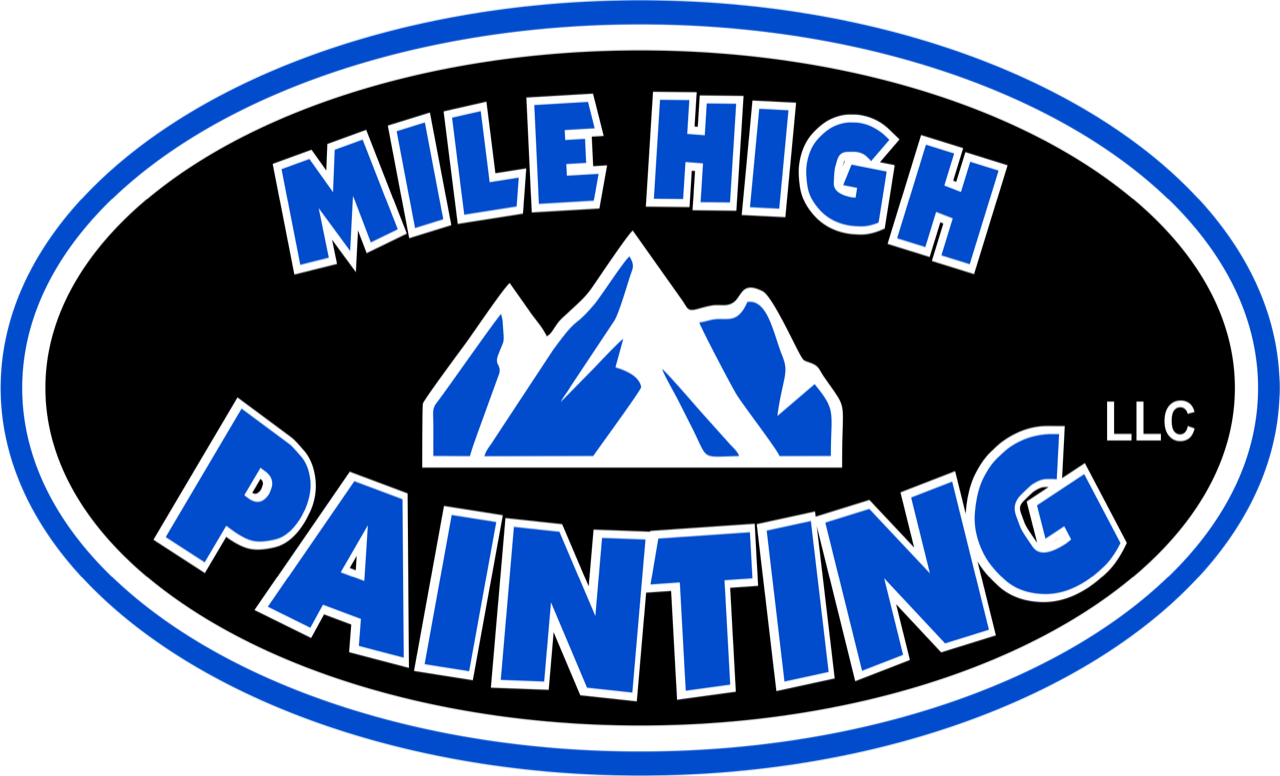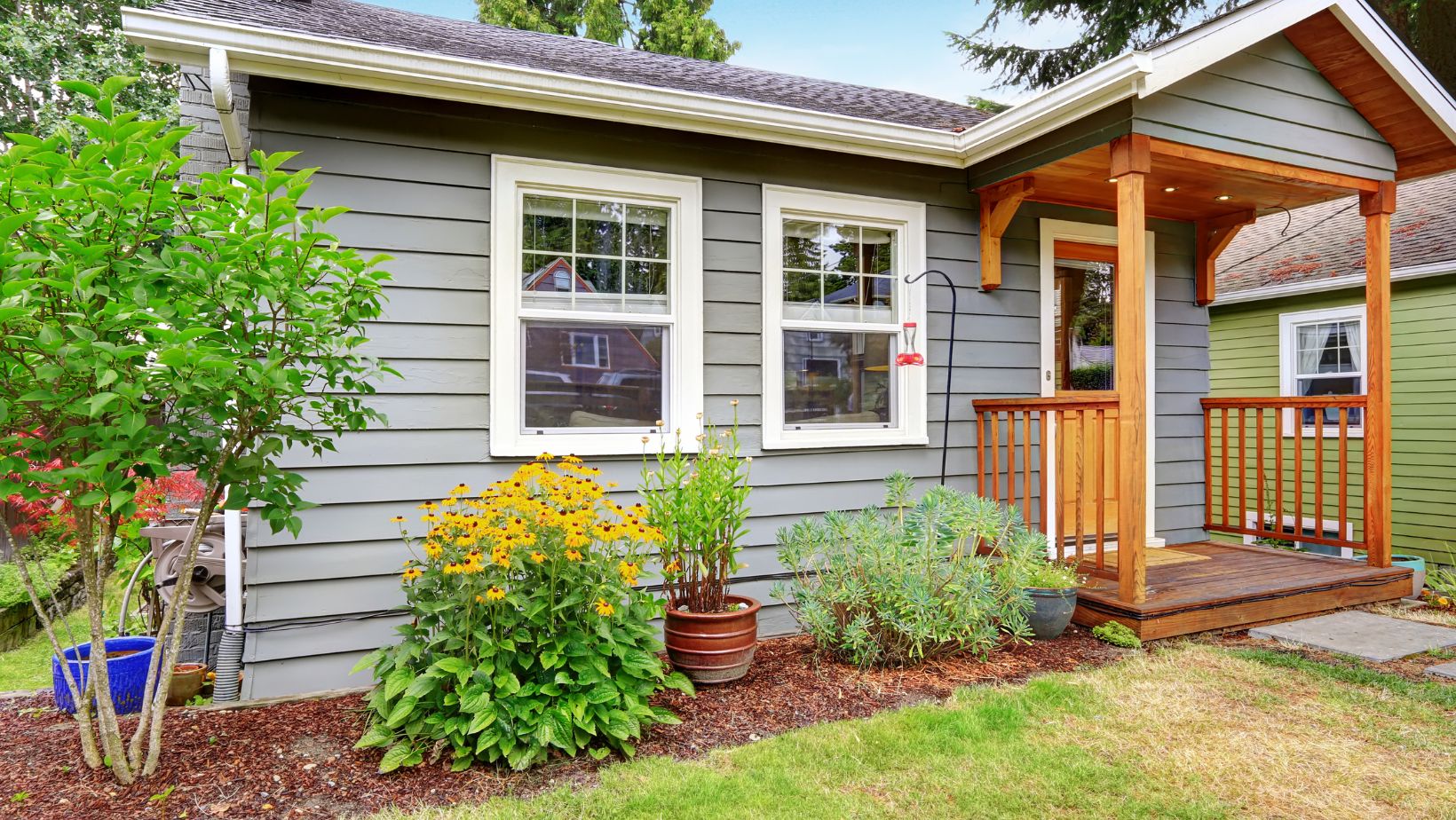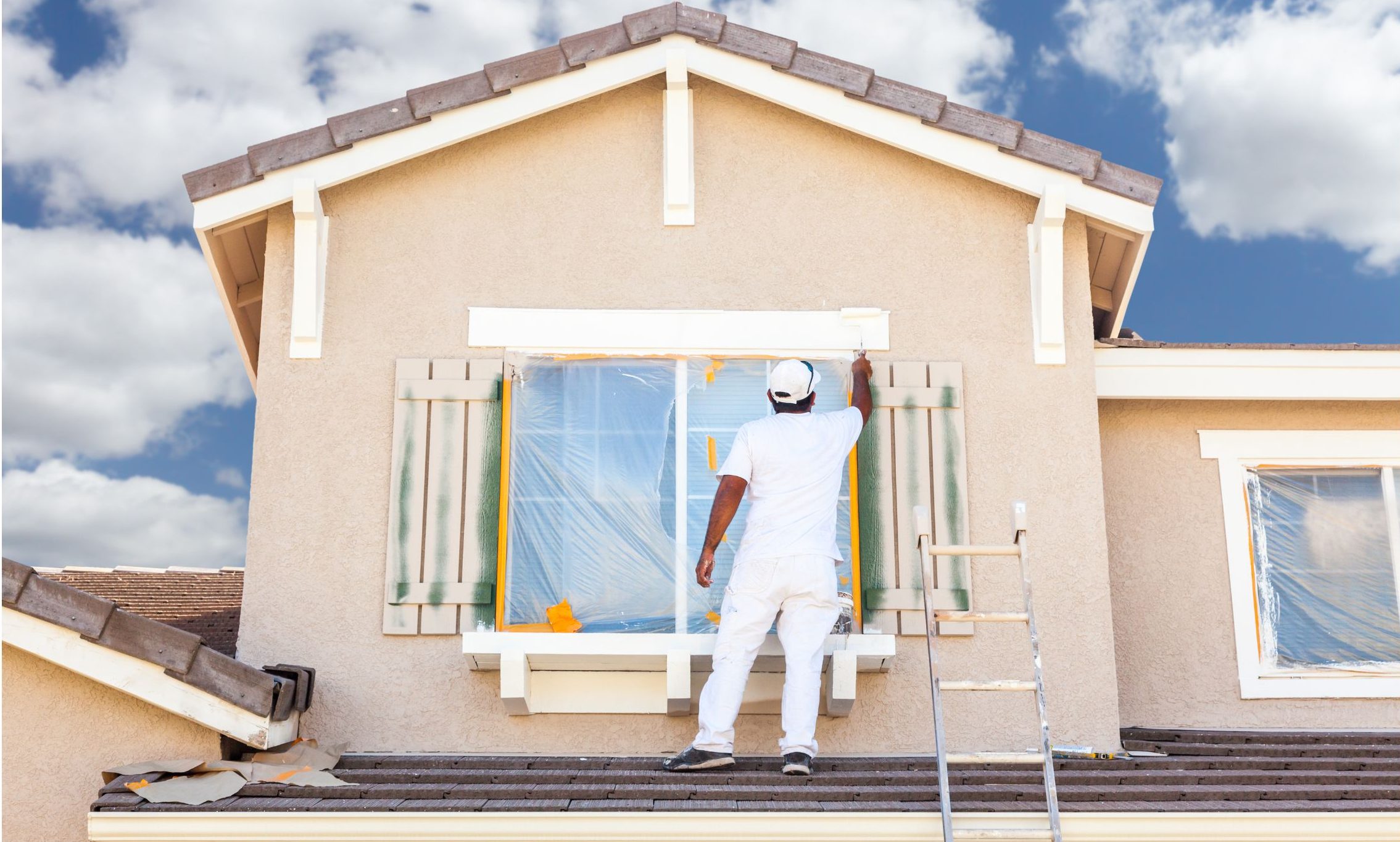
Introduction
If you’ve ever had to paint your home, you probably know that it’s not as simple as picking a color and going with it. You’ll need a good primer, the right type of paint (oil-based or latex), specific brushes or rollers for different surfaces, and more. But one of the most confusing parts of painting is understanding all the lingo painters use. In this guide we’ll break down five key terms so that next time around you can avoid confusion at the paint store!
Dry-film thickness
Painters use a lot of jargon. Some of it is straightforward, but some can be confusing to the uninitiated. One such term is dry-film thickness (DFT). This is an important measurement for a painter because it tells you how thick your paint film will be after it dries. The thicker your paint film, the longer it will last and the more durable your finish will be–so knowing how to measure DFTs is crucial for any professional painter or DIYer who wants to ensure their projects turn out right!
The way we measure DFTs depends on what kind of tool we’re using: if you’re measuring with a micrometer, then you’ll need to know how many mils equal 1/1000th inch; otherwise just divide by 250000 (to convert inches into meters).
Solids
Solids are the percentage of pigment in a paint formula. The higher the solids content, the more pigment there is in your paint and therefore it costs more. This means that if you’re looking for a high-quality product with lots of coverage, you should choose one with a higher solid content.
Coverage
Coverage is the amount of paint needed to cover an area. It’s usually measured in square feet per gallon, but there are other ways to measure it too. For example, if you’re painting a small room and want to know how much paint you’ll need, you could calculate coverage by dividing the total square footage by two–that will give you an approximation of how many gallons are needed for one coat (assuming that the walls are evenly spaced).
Coverage can also be affected by the type of surface being painted; some surfaces absorb more than others do. If your walls have been freshly plastered with gypsum board or another type of drywall, then they may require extra coats because they don’t absorb as much moisture from water-based paints like latex or acrylics.
VOCs
VOCs are a big deal. They’re volatile organic compounds, which means they can be released into the air and cause health issues like cancer. In fact, the EPA regulates how much VOCs can be emitted by companies in order to protect our environment and our health.
The EPA measures VOCs in pounds per gallon (lbs/gal) or parts per million (ppm). A pound of any substance contains 2,240 lbs of water; therefore 1 lb/gal is approximately equal to 2 ppm.
Shown
The amount of paint needed to cover a certain area is determined by the square footage of the space. The number of square feet in a room can vary depending on how you measure it, but on most cans of paint, this information will be listed on the label.
Knowing these terms will help you understand how much paint to buy.
Knowing these terms will help you understand how much paint to buy.
- Dry-film thickness: The amount of paint that’s applied to a surface, measured in mils–a thousandth of an inch. The lower the number, the thinner the film (and more expensive).
- Solids: The percentage of pigment in a paint product; higher is better for hiding imperfections and providing long-term value because it means less filler has been added.
- Coverage: How many square feet one gallon covers at 100% coverage when applied with a brush or roller; this varies by brand depending on their formulation and application method chosen (more on that later!).
Conclusion
With just a little bit of knowledge about these terms, you can better understand the types of paint that might work best for your project. The next time you go shopping, ask questions and don’t be afraid to ask for samples! The more information you have before making a decision, the better off everyone will be.
continue reading



